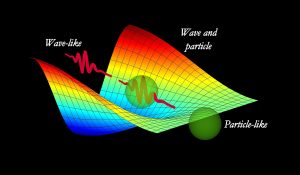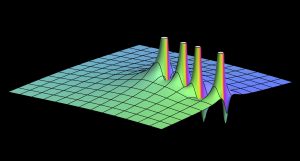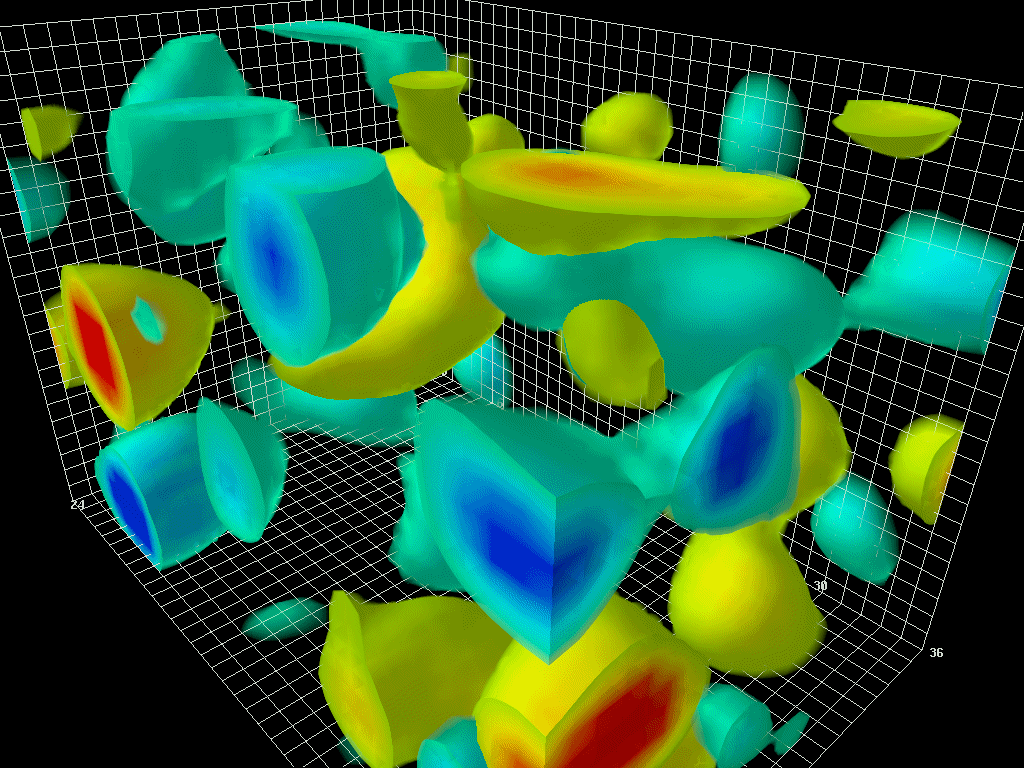
Quantum Field Theory (QFT) stands as one of the most profound and intricate frameworks in modern theoretical physics. It represents a synthesis of quantum mechanics and special relativity, providing a comprehensive understanding of fundamental particles and forces in the universe. At its core, QFT describes the behavior of fields and particles at the most fundamental level, bridging the gap between the microscopic realm of quantum mechanics and the macroscopic world we observe.
Introduction to Quantum Field Theory (QFT)
What is QFT?
Quantum Field Theory is a theoretical framework that combines principles of quantum mechanics and special relativity to describe the fundamental nature of particles and fields.
Importance of QFT in modern physics
QFT serves as the foundation for understanding the behavior of particles and forces in the universe, playing a crucial role in fields such as particle physics, cosmology, and quantum gravity.
The Basics of Quantum Mechanics
Overview of quantum mechanics principles
Quantum mechanics governs the behavior of particles at the smallest scales, introducing concepts such as superposition, uncertainty, and wave-particle duality.
Understanding particles and waves in quantum mechanics
In quantum mechanics, particles are described not only as discrete entities but also as waves with probabilistic characteristics, challenging classical notions of determinism.
Evolution of Quantum Field Theory
Historical background
The development of QFT traces back to the early 20th century, with contributions from luminaries such as Max Planck, Albert Einstein, and Werner Heisenberg.
Development of QFT over time
QFT has evolved significantly since its inception, with key advancements including the formulation of quantum electrodynamics (QED) and the development of the Standard Model.
Principles of Quantum Field Theory

Fields and particles in QFT
In QFT, particles are understood as excitations of underlying fields, which pervade all of spacetime and interact according to specific rules and symmetries.
Quantum fluctuations and virtual particles
One of the central tenets of QFT is the existence of quantum fluctuations, giving rise to phenomena such as virtual particles that momentarily pop in and out of existence.
Quantum Field Theory and Particle Physics
Application of QFT in understanding subatomic particles
QFT provides the framework for particle physics, enabling the study of elementary particles and their interactions through fundamental forces.
Standard Model of particle physics
The Standard Model, based on QFT principles, encapsulates our current understanding of particle physics, describing the electromagnetic, weak, and strong nuclear forces.
Quantum Field Theory and Cosmology
QFT implications in cosmological models
QFT plays a crucial role in cosmology, offering insights into the behavior of the universe on the largest scales and its evolution over time.
Role of QFT in understanding the early universe
By applying QFT principles to cosmology, researchers can probe the conditions of the early universe and elucidate phenomena such as inflation and cosmic microwave background radiation.
Bridging the Microscopic and Macroscopic Worlds
How QFT connects the microscopic to the macroscopic
QFT serves as a bridge between the microscopic realm governed by quantum mechanics and the macroscopic world described by classical physics, offering a unified framework for understanding both.
Implications for understanding fundamental forces
By integrating quantum mechanics and special relativity, QFT provides insights into the fundamental forces of nature, including gravity, electromagnetism, and the strong and weak nuclear forces.
Experimental Evidence Supporting Quantum Field Theory
Experiments validating QFT predictions
Numerous experiments in particle physics and cosmology have provided empirical support for the predictions of QFT, confirming its efficacy as a theoretical framework.
Contributions to our understanding of the universe
QFT has revolutionized our understanding of the universe, shedding light on the fundamental constituents of matter, the nature of spacetime, and the dynamics of cosmic evolution.
Challenges and Unanswered Questions
Remaining mysteries in QFT
Despite its successes, QFT still faces unresolved challenges and unanswered questions, including the unification of quantum mechanics and gravity and the nature of dark matter and dark energy.
Areas for further research and exploration
Ongoing research in QFT seeks to address these mysteries and push the boundaries of our understanding, with interdisciplinary collaborations and experimental innovations driving progress in the field.

Practical applications beyond theoretical physics
While rooted in theoretical physics, QFT has practical applications in fields such as condensed matter physics, quantum computing, and materials science, driving technological advancements.
Impact on technology and innovation
The insights gleaned from QFT have led to breakthroughs in technology, ranging from semiconductor devices to medical imaging techniques, revolutionizing industries and shaping the modern world.
Future Directions in Quantum Field Theory
Potential advancements and breakthroughs
The future of QFT holds promise for further advancements and breakthroughs, with researchers exploring novel phenomena, such as topological states of matter and quantum entanglement.
Emerging fields and interdisciplinary research
Interdisciplinary collaborations between physicists, mathematicians, and engineers are opening new avenues of research in QFT, fostering innovation and cross-pollination of ideas.
Conclusion
In summary, Quantum Field Theory stands as a cornerstone of modern physics, offering a unified framework for understanding the fundamental nature of the universe. By bridging the microscopic realm of quantum mechanics with the macroscopic world of classical physics, QFT has revolutionized our understanding of particles, fields, and forces, shaping our view of the cosmos and inspiring new avenues of exploration.
FAQs
Is Quantum Field Theory the same as Quantum Mechanics?
Quantum Field Theory extends the principles of quantum mechanics to include relativistic effects, providing a framework for describing particles and fields in a unified manner.
What are virtual particles, and do they really exist?
Virtual particles are fluctuations in quantum fields that arise spontaneously and briefly influence the behavior of particles. While they are not directly observable, their effects have been confirmed through experimental evidence.
Can Quantum Field Theory explain the origin of the universe?
While QFT offers insights into the behavior of the early universe, including phenomena such as inflation, it does not provide a complete explanation for the origin of the universe. Understanding the origins of the cosmos remains an active area of research.
Are there practical applications of Quantum Field Theory?
Yes, Quantum Field Theory has practical applications in fields such as condensed matter physics, where it provides insights into the behavior of materials, and in quantum computing, where it forms the basis for quantum algorithms.
What are the major challenges facing Quantum Field Theory today?
One of the major challenges facing QFT is the need for a unified theory that reconciles quantum mechanics with gravity, known as a theory of quantum gravity. Additionally, understanding the nature of dark matter and dark energy presents ongoing puzzles for researchers in the field.










